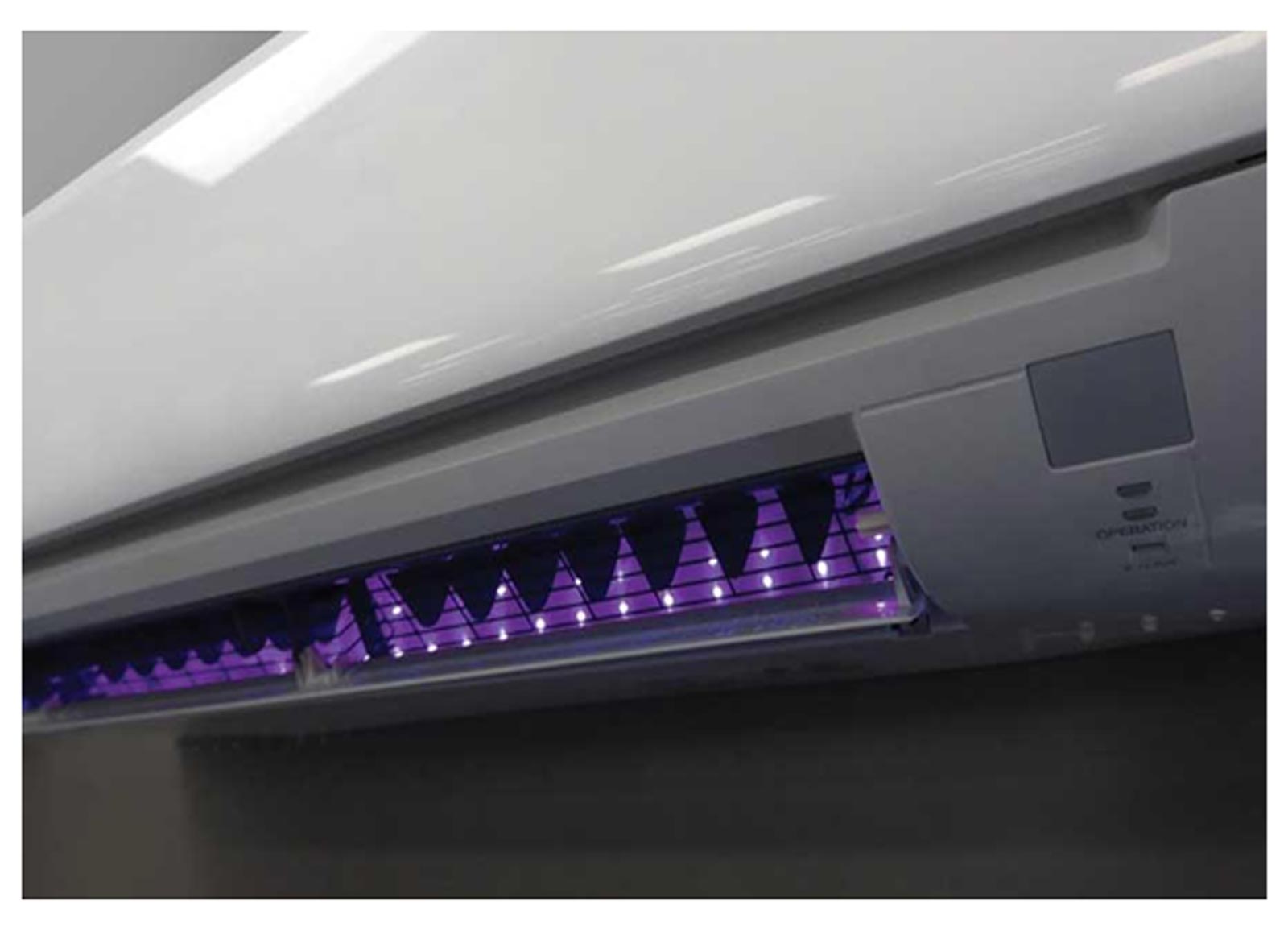When the IAQ products like air filtration systems, humidification system etc were first introduced in the market, it was the manufacturers who would convince homeowners to purchase them. And quiet evidently, at that time, it seemed much like a marketing tactic when the reasons of "why to install the system” were mentioned in front of the consumers. And it had long been the same that the HVAC trends were set by the manufacturers themselves. Homeowners would simply begin to adopt whatever new was introduced until an improved version had come. However, the world that we live in today is a world of awareness. A 15 minute google search equips an individual with a plethora of ins and outs of pretty much everything. This awareness has enabled people to become more health conscious and conscious of what impacts the health. Indoor Air Quality is one major health concern area for homeowners. An improved awareness of how bad indoor air quality could be more dangerous than the outdoor pollution has encouraged people to start using IAQ products are complementary indoor appliances without any HVAC manufacturer convincing them with a list of reasons to install.
Looking into the back mirror
Just two decades ago, IAQ appliances were luxuries which neither everyone could afford nor were they deemed complementary. Their example can best be understood with the example of bottled water. Our grandparents would never have been able to swallow the idea that just a few years later, people will be paying for water. But look around and you will notice every household pays for bottled water and tap water has become a big "No". Just like bottled water was at first advertised and then the consumer started creating the demand, the same has happened to the IAQ. People are demanding improved IAQ appliances and every other home today has some kind of IAQ appliance installed. This has put manufacturers in a sheer competition to manufacture more flexible, cheap and easy to use IAQ appliances. Also, a mandatory application of these appliances by installing them into some common HVAC appliance; Furnace, Air Conditioner has also increased.
IAQ and Design Changes
- Optional to mandatory: As mentioned above, the latest IAQ appliances are being designed to come handy with the other mandatory HVAC appliance. For instance, the growing use of Split Air Conditioner but later on the awareness of how the microbes and contaminants that this system produces has introduced the use of LED lights in the Split System. This combats the contaminants inside the unit while also helps make the IAQ better. Soon the split units will come with lights pre installed making this IAQ feature mandatory. - From few units to several variations: For a long period, none of the conventional IAQ units had so many variations. They came in very simple and similar styles. However, the expansion of HVAC industry and the introduction of new competitors, who are trying to suffice more accurately to customer demands has offered a wide range of units. Different capacities, different functions and different price tags so that every home could have them. Grandpa had no idea there will be an IAQ product to remove the odour of his cigarette quickly before grandma could come and scold him. And who would have thought a decade ago that it will be possible to breathe 98.99% fresh air in the indoors. Wonders of technology! Improved technology lead by Increased demand now requires improved training: The increased consumer demand and their IAQ concern has also changed the shift from treating IAQ as a general skill to a skill requiring mastery. Consumers want more features and more control. This is making IAQ appliances complex than ever; requiring expert, super trained technicians to fix the flaws and for guiding homeowners through the usage.
Bottom Line
The IAQ trends are definitely changing and are marked more by the consumer impact primarily than by the manufacturer’s. This suggests the industry is going to expand, become more complex and at the same time becoming more environment-friendly provided that the changes are triggered by consumer demand and consumers are aware of climate change. Good omens so far!







